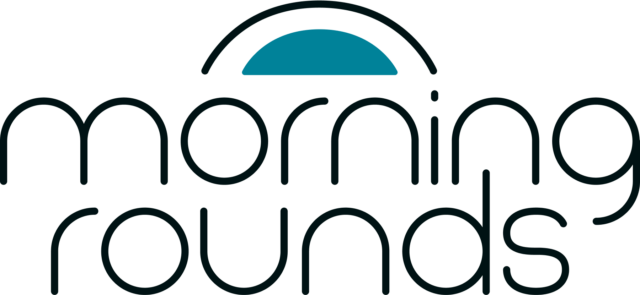
The Food and Drug Administration on Thursday updated its definition of “healthy” food for the first time in three decades, aligning it with modern nutritional guidance and shaking up which items can bear that label.
The updated definition relies on the dietary guidelines for Americans released by the Department of Agriculture and the Department of Health and Human Services, which is set to be updated next year. Food makers can call their products “healthy” if they contain a certain amount of a food group considered healthy by these guidelines, including fruits, vegetables, protein, dairy, and grains. Their products also must meet certain limits on saturated fat, sodium, and sugars.
The updated definition allows more food to qualify as healthy, including higher fat fish like salmon, nuts, seeds, and certain oils. It disqualifies many ultra-processed foods like cereals, for example, that do not contain a certain amount of whole grains or exceed the sugar limit. The FDA has partnered with Instacart to make it easier for people to buy “healthy” foods online.

This article is exclusive to STAT+ subscribers
Unlock this article — plus daily market-moving biopharma analysis — by subscribing to STAT+.
Already have an account? Log in







